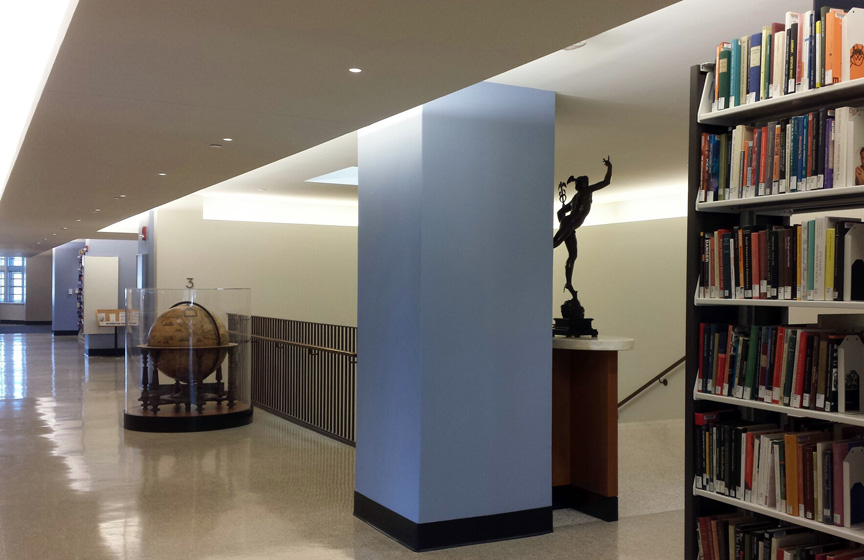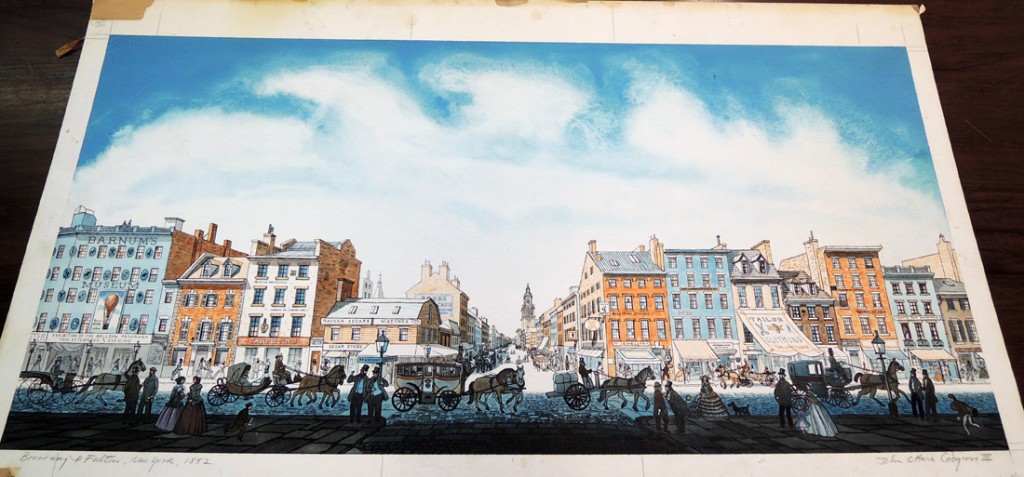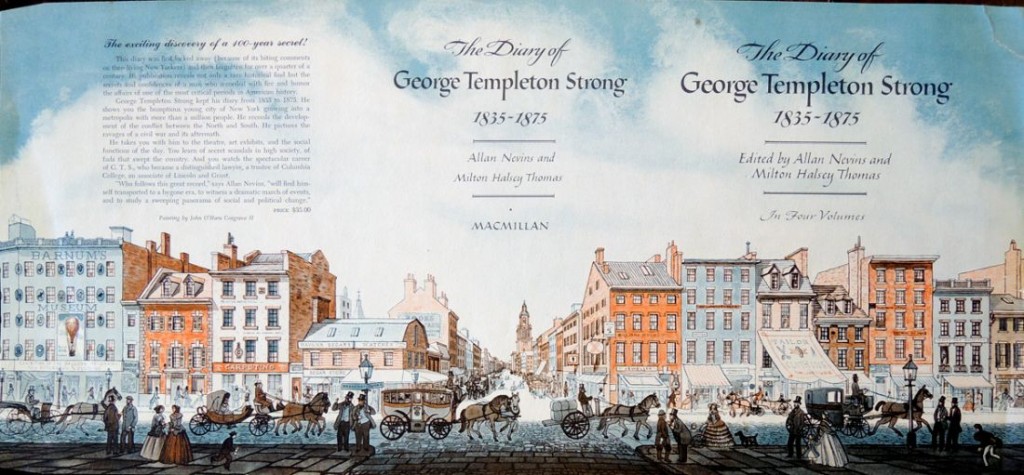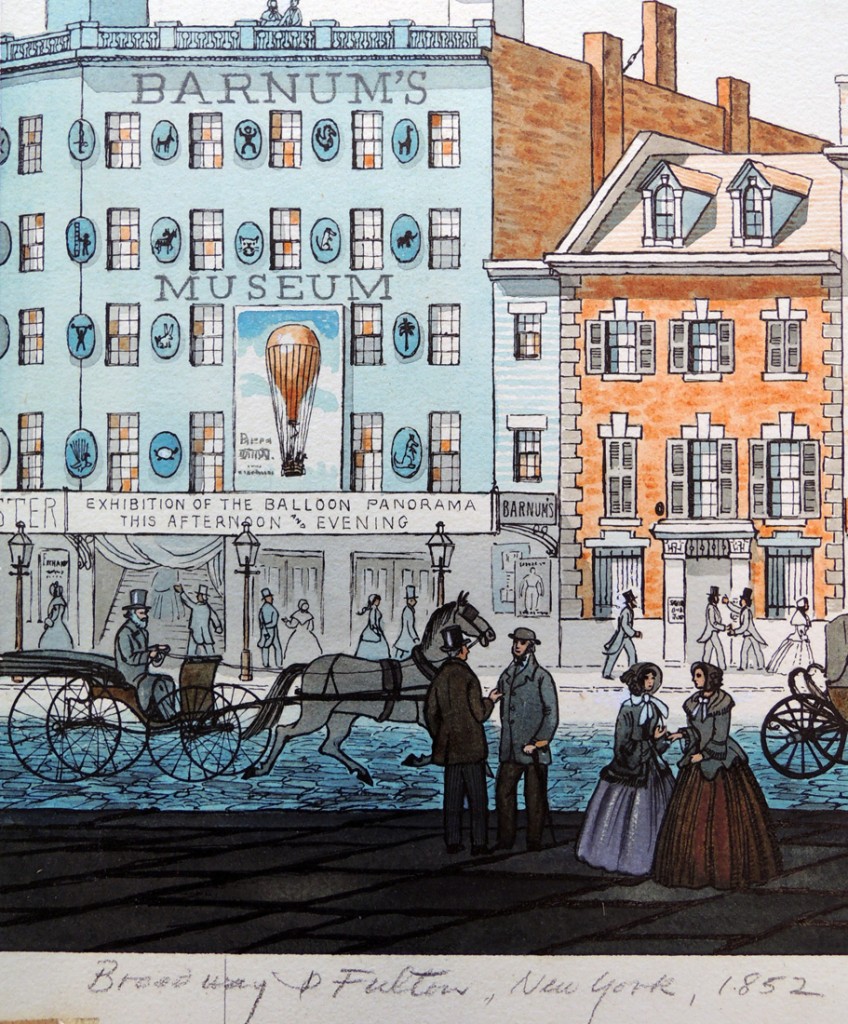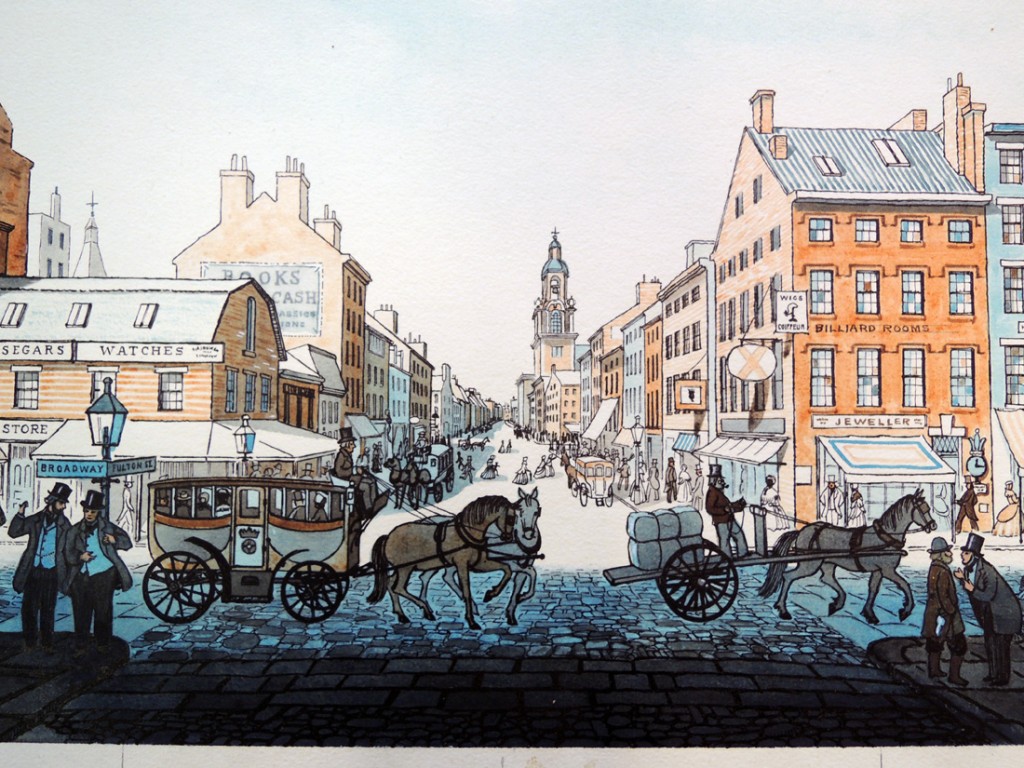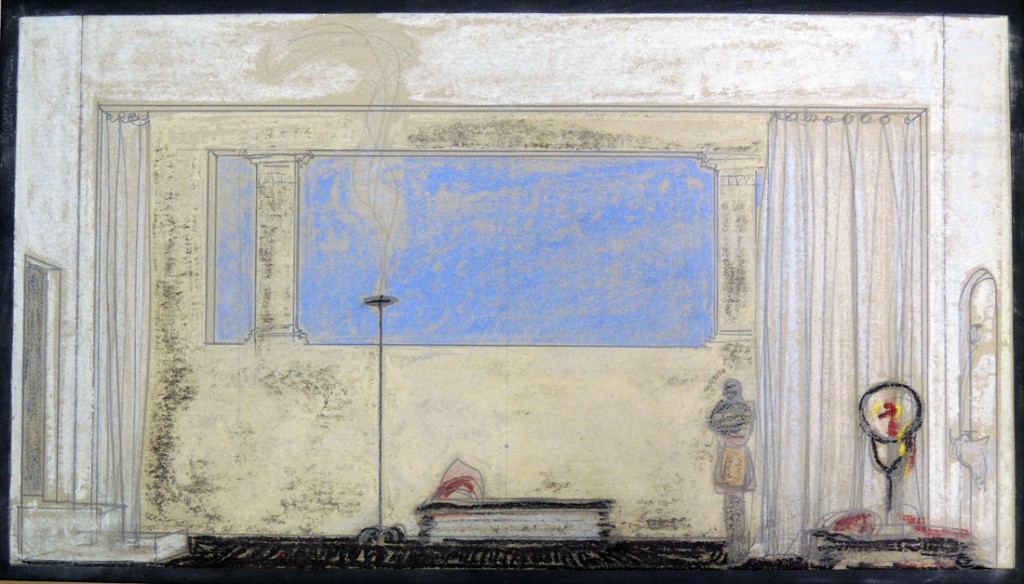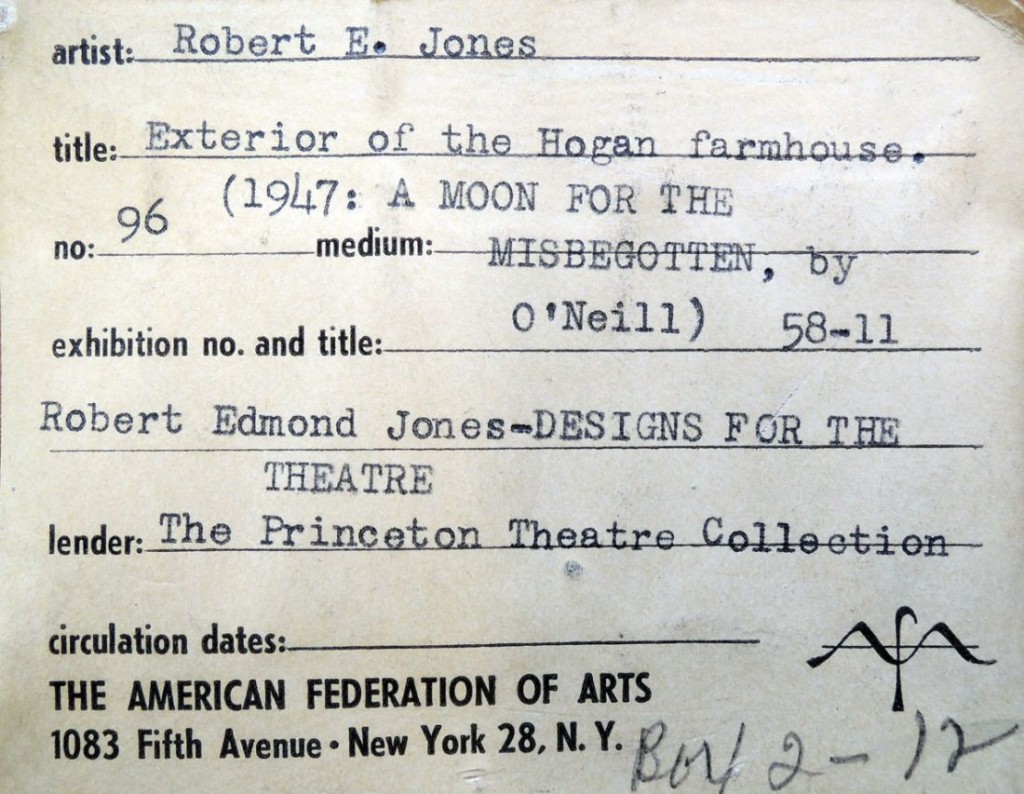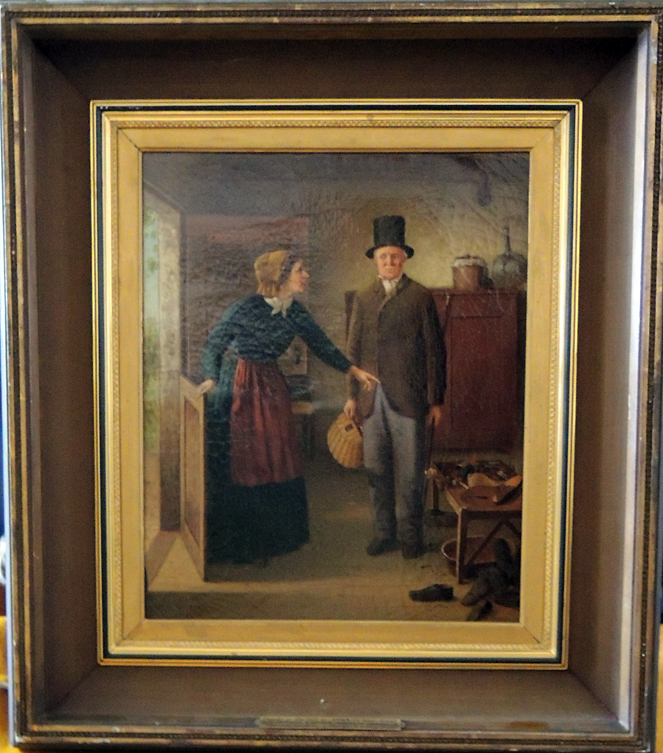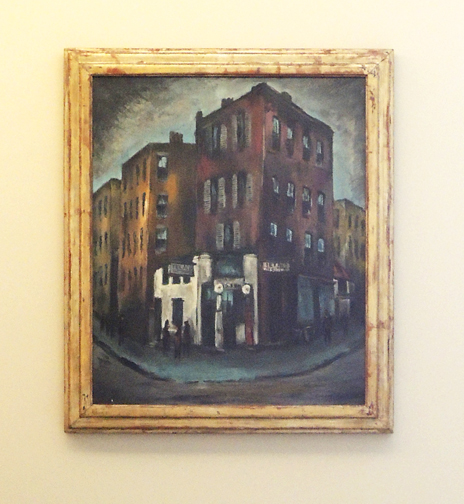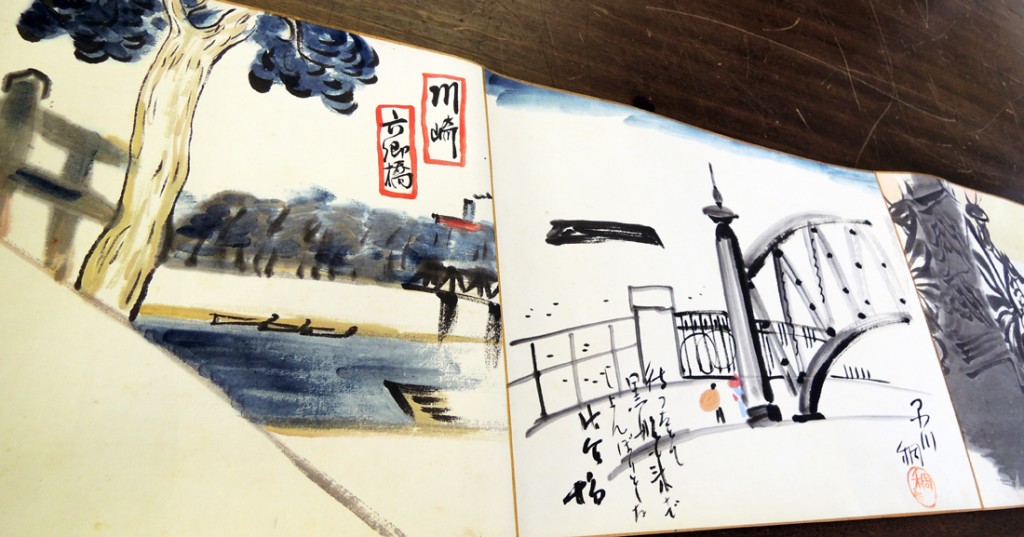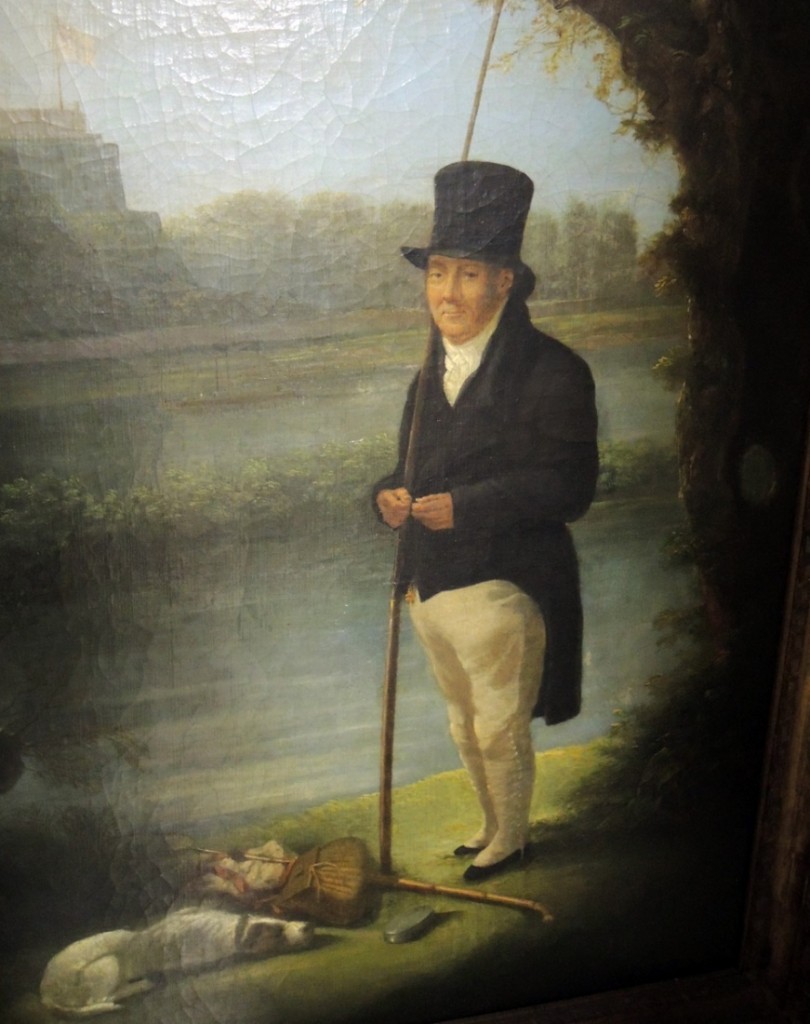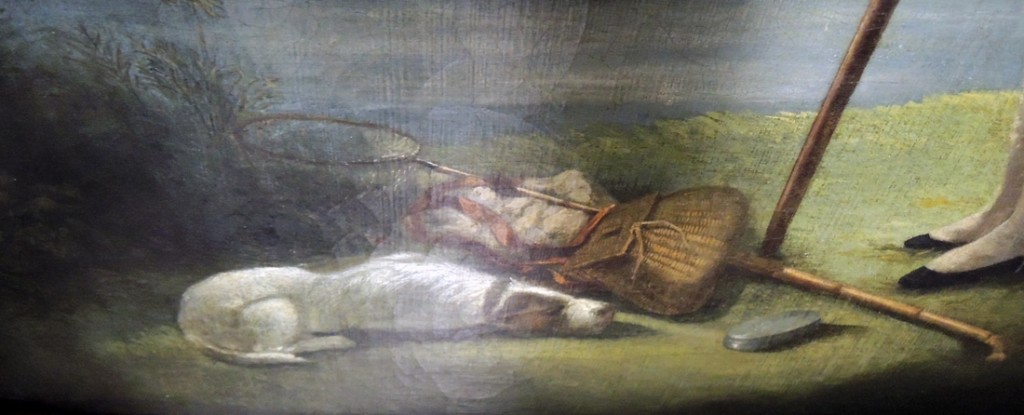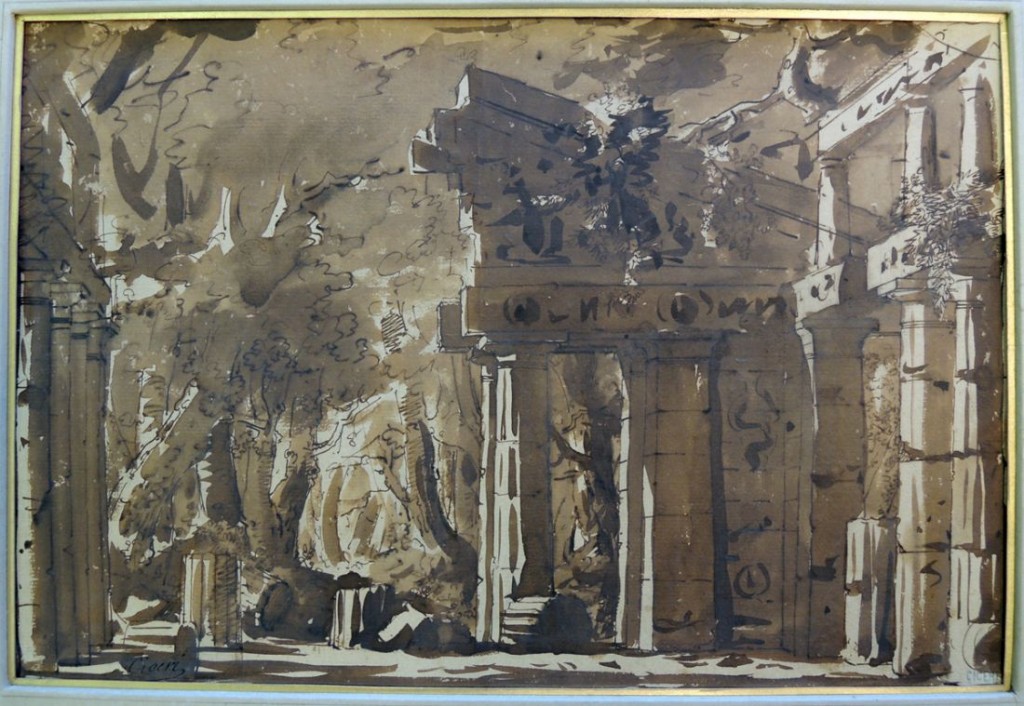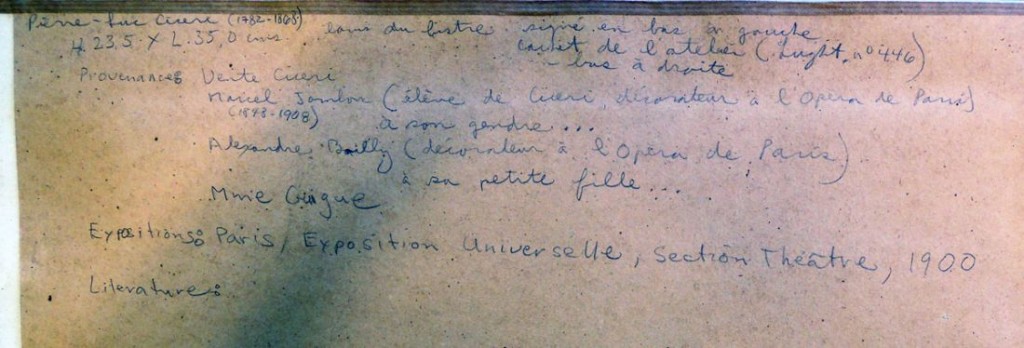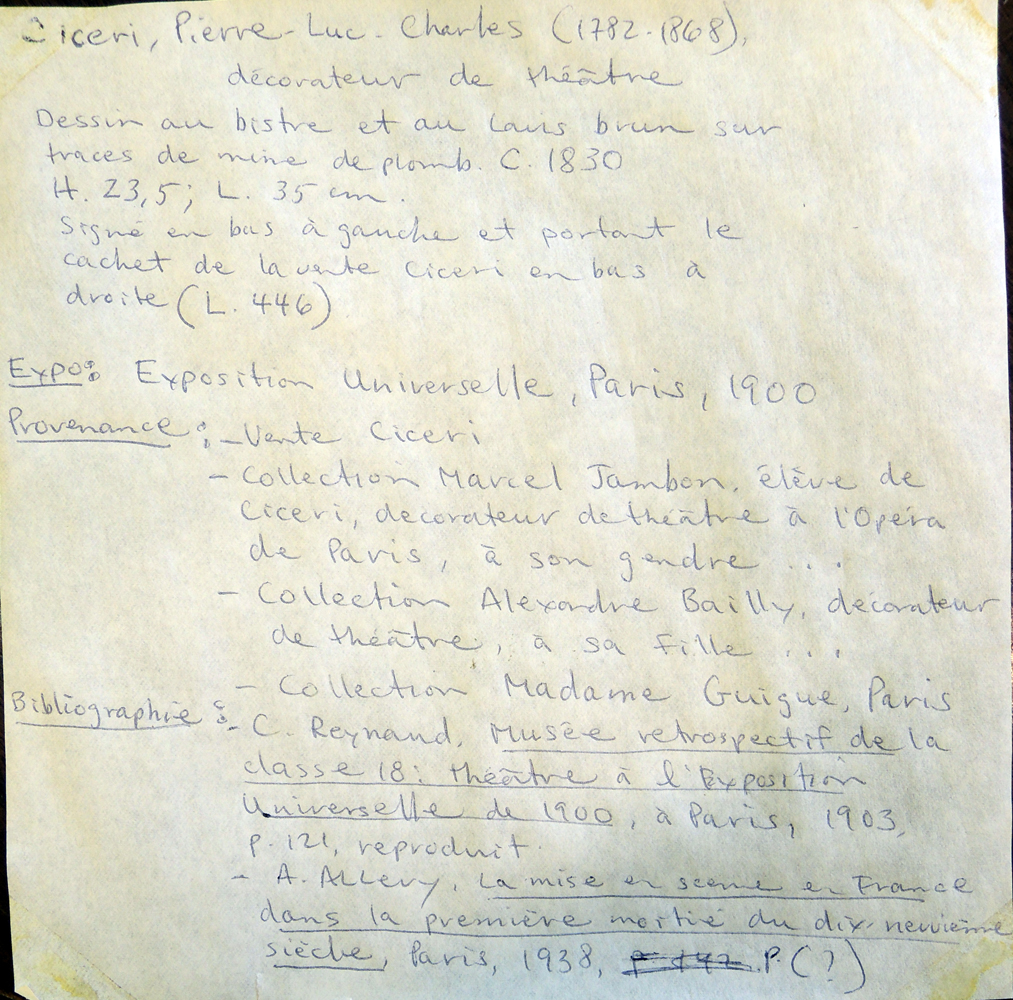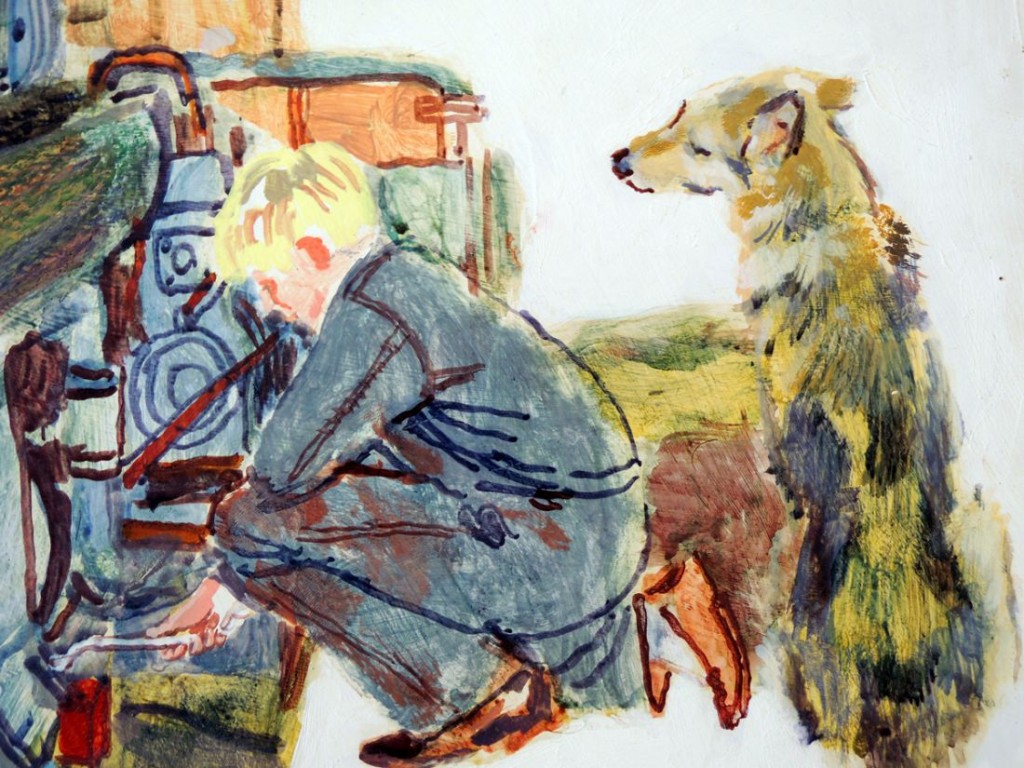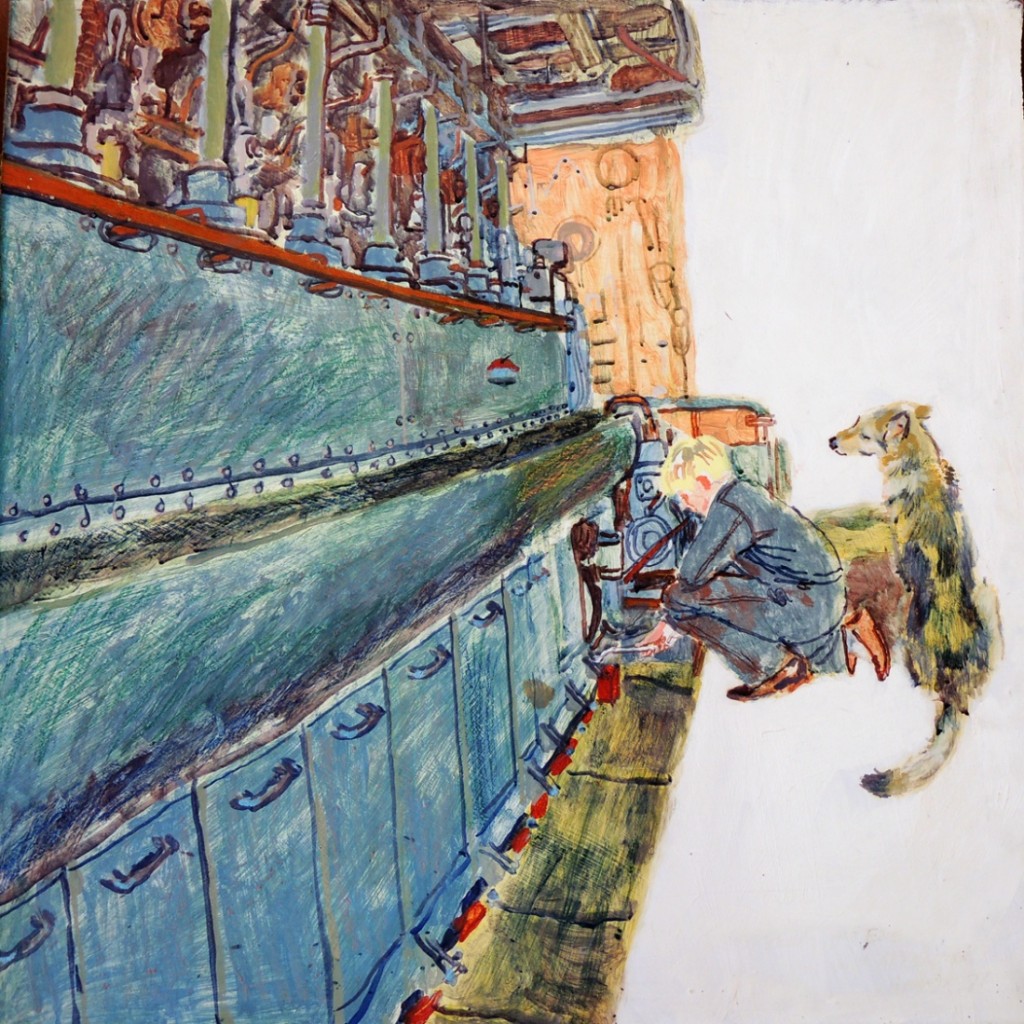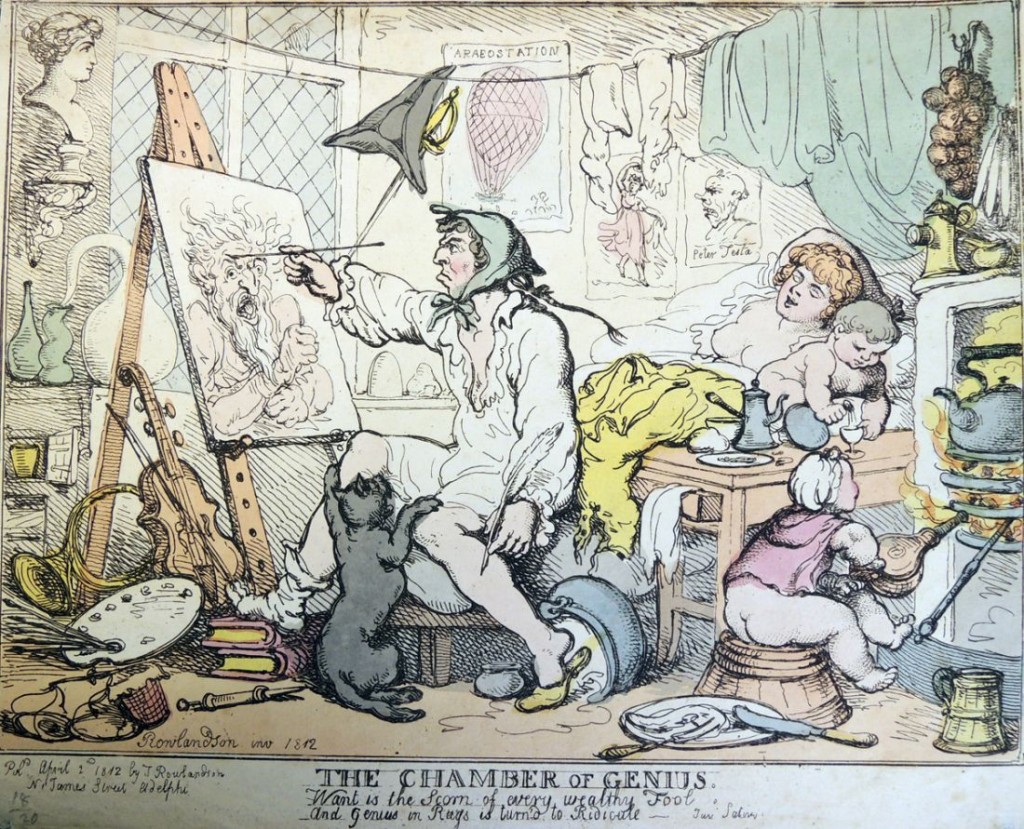 Thomas Rowlandson (1756 or 1757-1827), The Chamber of Genius, April 2, 1812. Etching with hand coloring. Graphic Arts GC112 Thomas Rowlandson Collection
Thomas Rowlandson (1756 or 1757-1827), The Chamber of Genius, April 2, 1812. Etching with hand coloring. Graphic Arts GC112 Thomas Rowlandson Collection
Beginning on Monday, 3 February 2014, one of the new classes being offered at Princeton University is ART 349 / HUM 349 / VIS 345 “The Artist at Work” taught by Prof. Irene V. Small. “What are the environments, fictions, fantasies, and ideologies that condition the artist at work?” asks the course description, “This course takes as its investigative locus the artist’s studio, a space of experimentation and inspiration, but also of boredom, sociability, exhaustion, and critique.”
This led to a quick look through the graphic arts collection to see how many artists’ studios are represented in our prints and drawings. Here are a few examples.
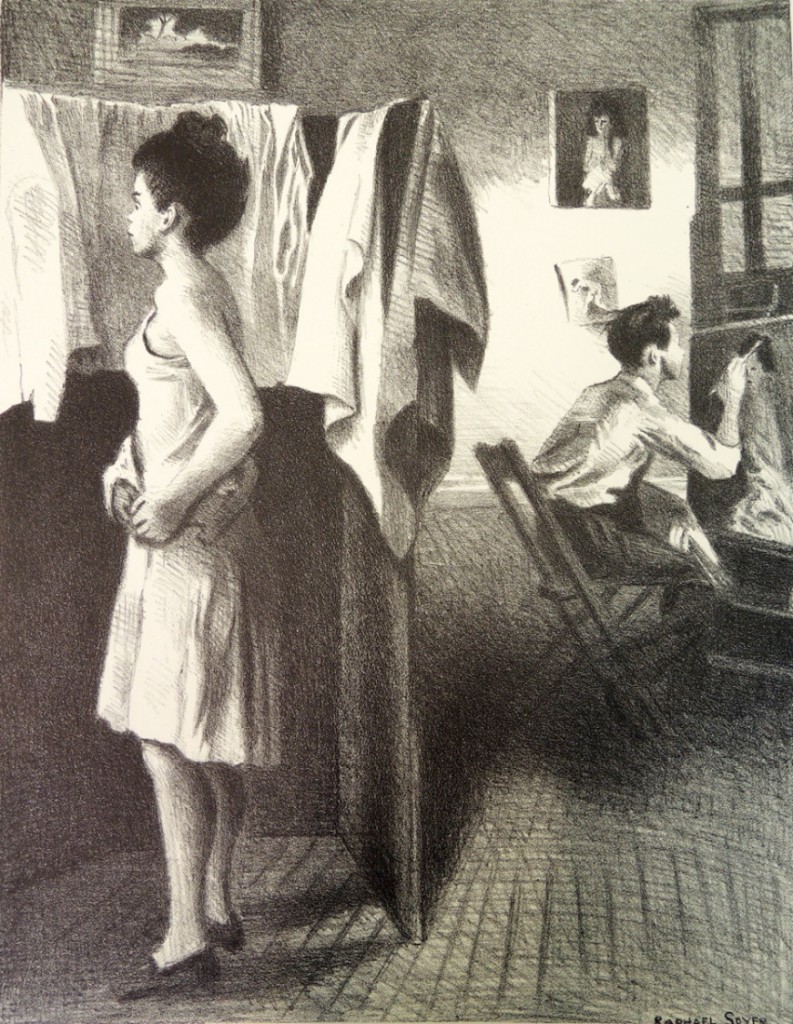 Raphael Soyer (1899-1987), In the Studio [copy 2], no date [1944]. Lithograph. Graphic Arts Collection GA 2012.02707.
Raphael Soyer (1899-1987), In the Studio [copy 2], no date [1944]. Lithograph. Graphic Arts Collection GA 2012.02707.
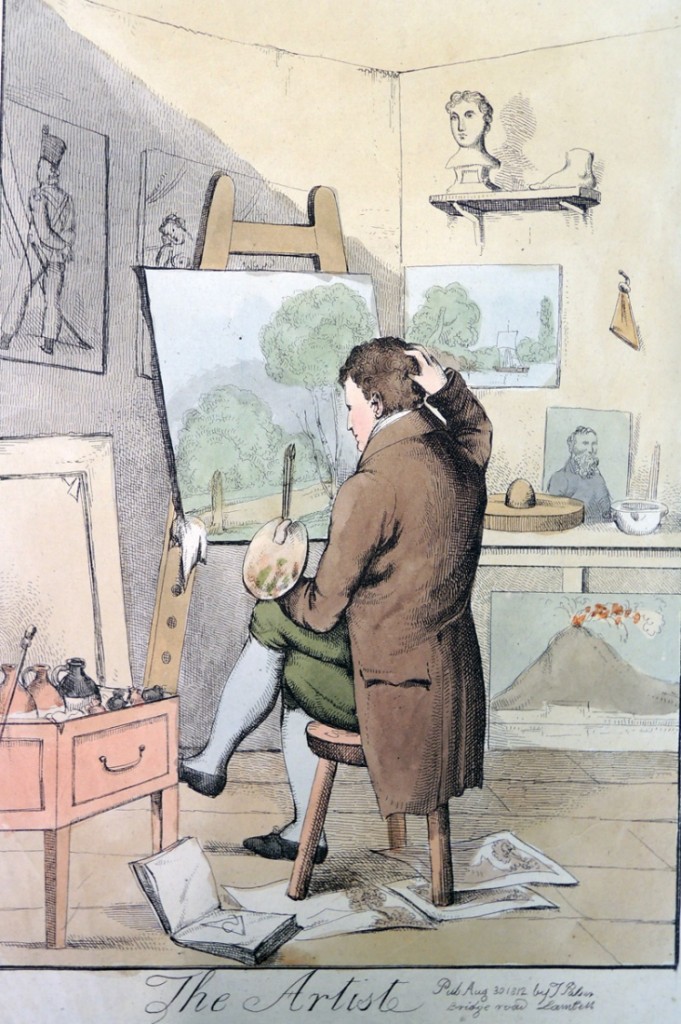 William Heath (1795-1840), The Artist, 30 August 1812. Etching with hand coloring. Graphic Arts Collection GA 2013.00001.
William Heath (1795-1840), The Artist, 30 August 1812. Etching with hand coloring. Graphic Arts Collection GA 2013.00001.
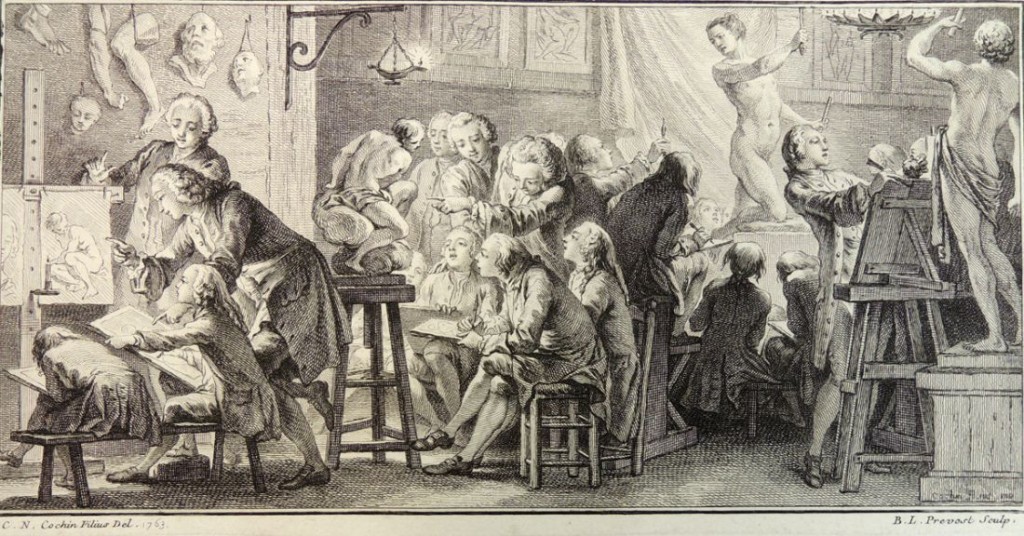 Benoit-Louis Prevost (1747-ca. 1804) after design by Charles-Nicolas Cochin, II (1715-1790), Untitled [Art school], [1763]. Etching. Graphic Arts Collection GA 2012.00295.
Benoit-Louis Prevost (1747-ca. 1804) after design by Charles-Nicolas Cochin, II (1715-1790), Untitled [Art school], [1763]. Etching. Graphic Arts Collection GA 2012.00295.
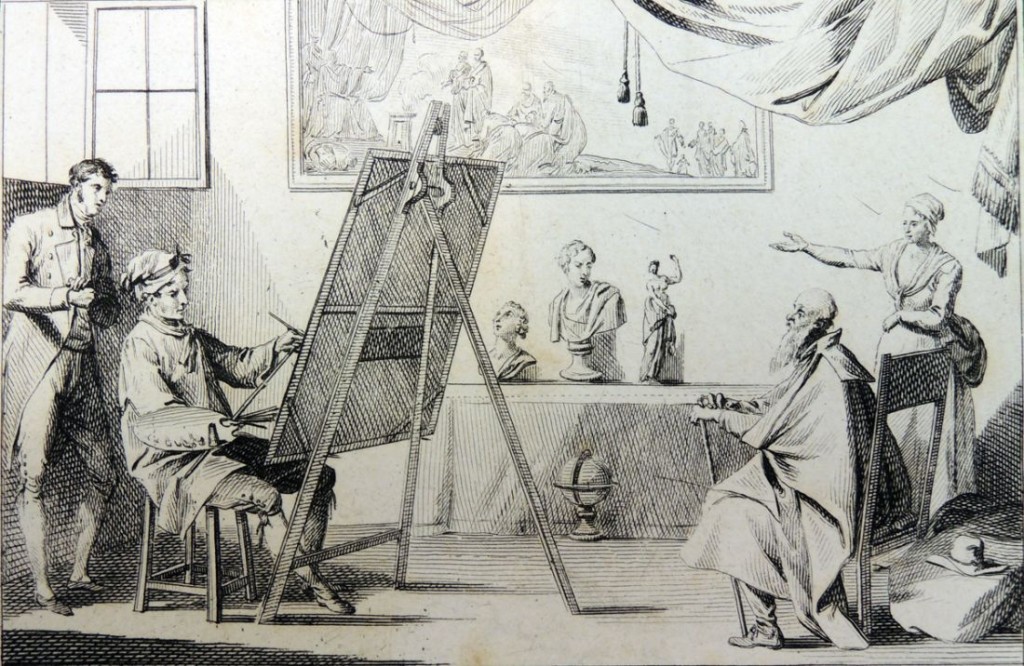 Jean Duplessis-Bertaux (1750-1818), Suite des 6 pieces epreuves d’artists, [ca. 1810]. Etching and engraving. Graphic Arts Collection GA 2012.00499
Jean Duplessis-Bertaux (1750-1818), Suite des 6 pieces epreuves d’artists, [ca. 1810]. Etching and engraving. Graphic Arts Collection GA 2012.00499
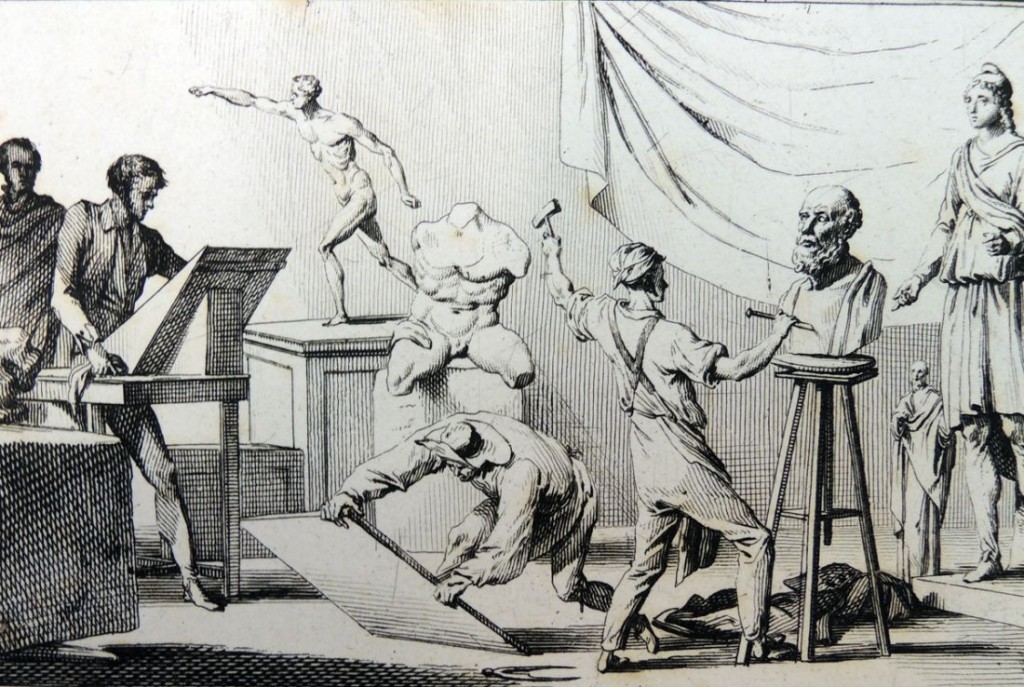 Jean Duplessis-Bertaux (1750-1818), Suite des 6 pieces epreuves d’artists, [ca. 1810]. Etching and engraving. Graphic Arts Collection GA 2012.00499
Jean Duplessis-Bertaux (1750-1818), Suite des 6 pieces epreuves d’artists, [ca. 1810]. Etching and engraving. Graphic Arts Collection GA 2012.00499
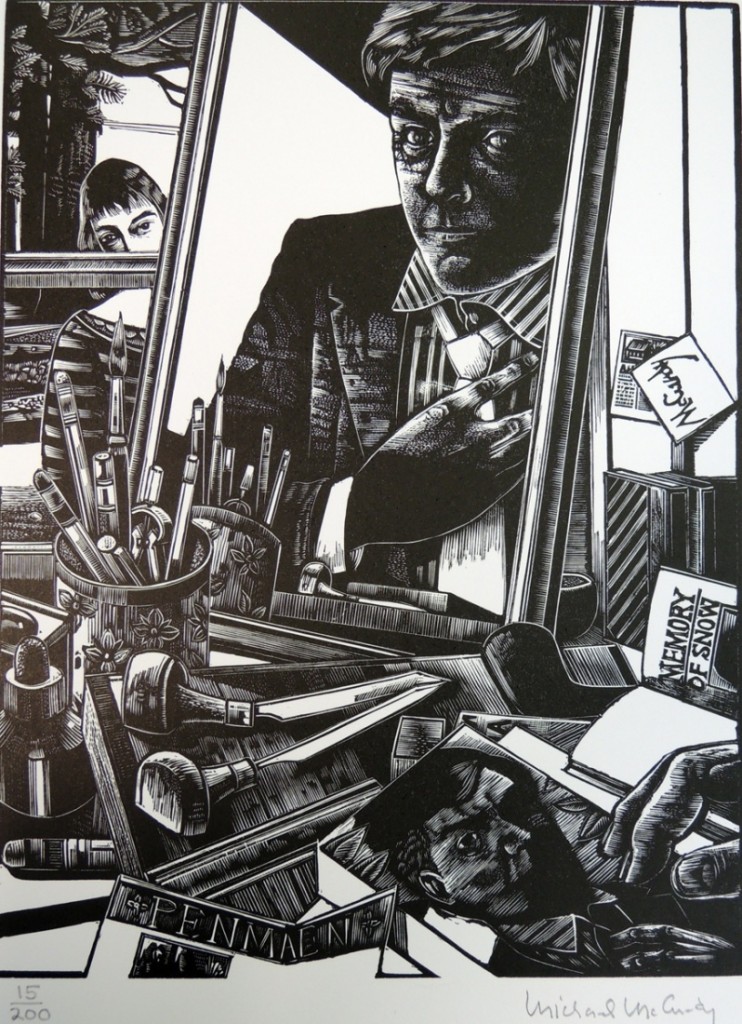 Michael McCurdy, Self Portrait, no date. Wood engraving. Graphic Arts Collection GA 2007.01841
Michael McCurdy, Self Portrait, no date. Wood engraving. Graphic Arts Collection GA 2007.01841
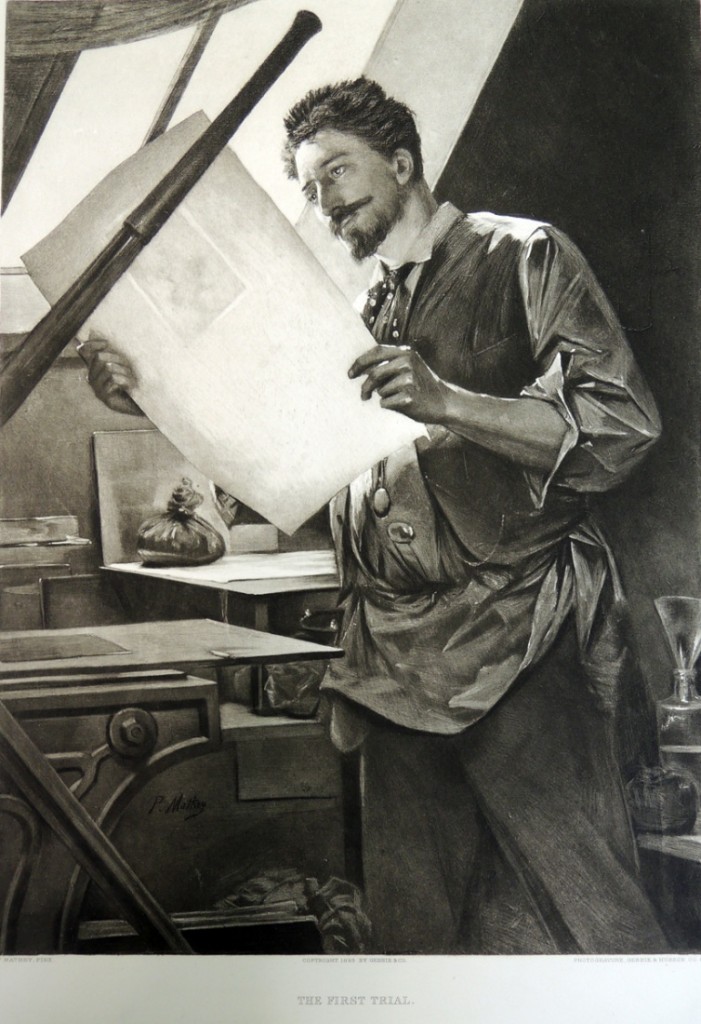 Gebbie & Husson Co. after a design by Paul Mathey (1844-1929), The First Trial [Felicien Rops in His Studio], 1893. Photogravure. Graphic Arts Collection GA 2007.04037.
Gebbie & Husson Co. after a design by Paul Mathey (1844-1929), The First Trial [Felicien Rops in His Studio], 1893. Photogravure. Graphic Arts Collection GA 2007.04037.
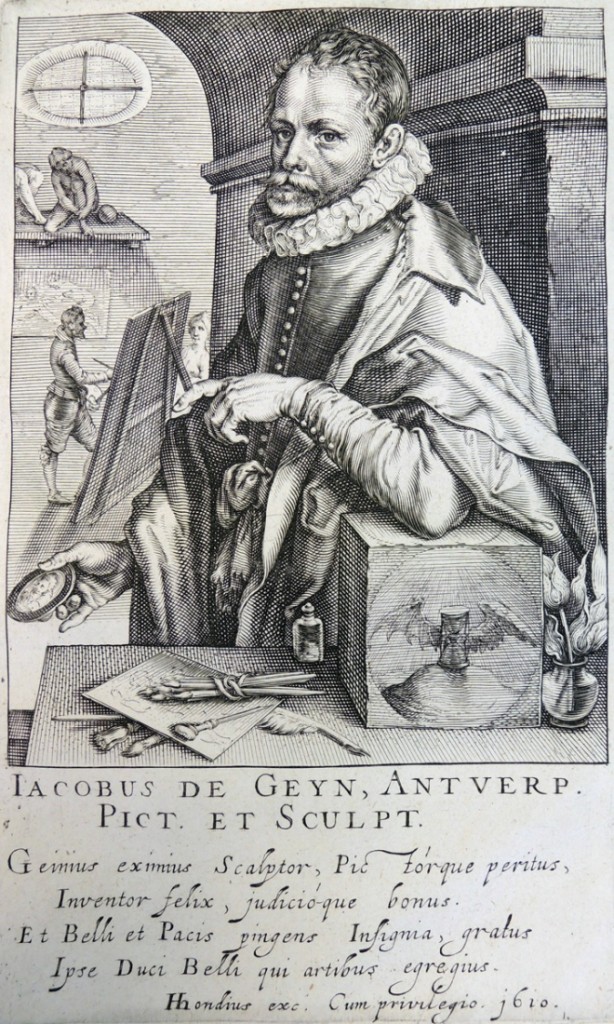 Jacob de Geyn (1565-1610), Jacobus de Geyn, Antverp Pict. et sculpt. 1610. Engraving. Graphic Arts Collection
Jacob de Geyn (1565-1610), Jacobus de Geyn, Antverp Pict. et sculpt. 1610. Engraving. Graphic Arts Collection
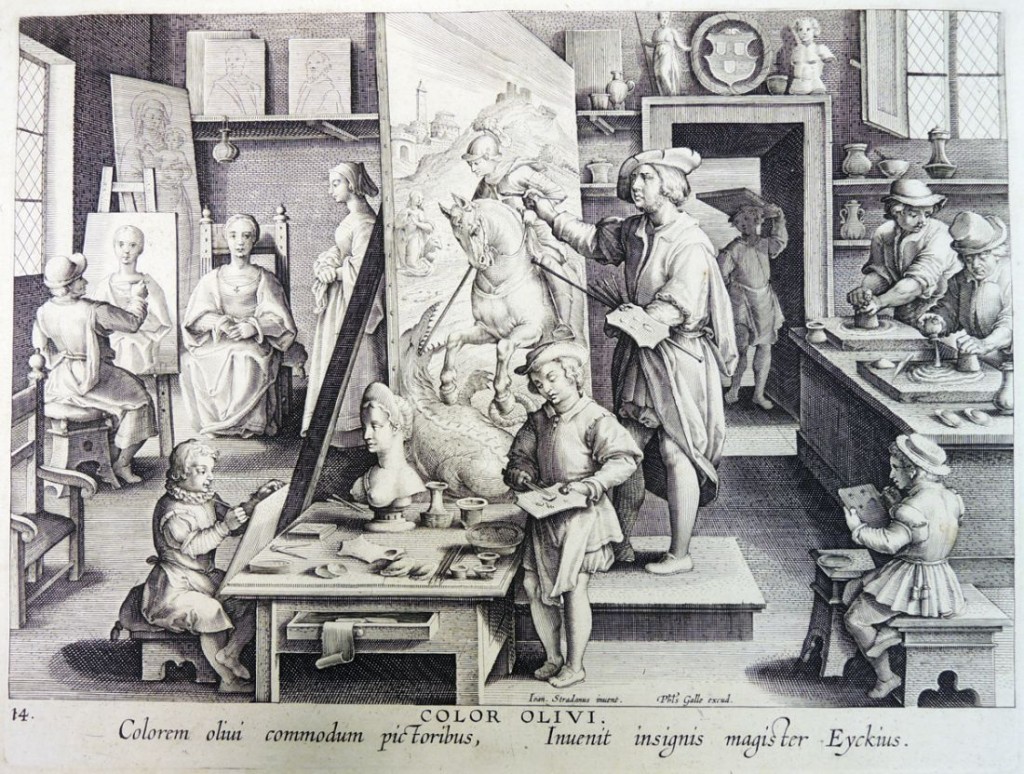 Philip Galle (1537-1612) after designs by Jan van der Straet (1523-1605), Color Olivi [The invention of Oil Painting], plate 14 from Nova Reperta, 1500s. Engraving. Graphic Arts Collection.
Philip Galle (1537-1612) after designs by Jan van der Straet (1523-1605), Color Olivi [The invention of Oil Painting], plate 14 from Nova Reperta, 1500s. Engraving. Graphic Arts Collection.
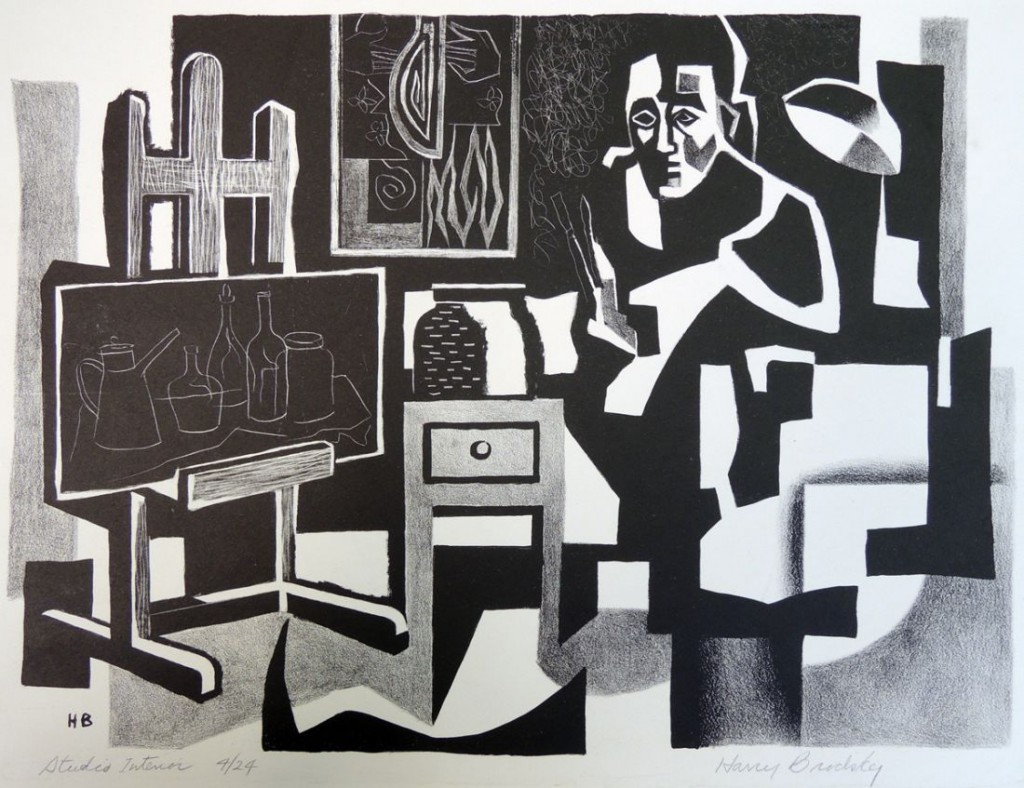 Harry Brodsky (1908-1997), Studio Interior, no date. Lithograph. Graphic Arts Collection GA 2007.00899.
Harry Brodsky (1908-1997), Studio Interior, no date. Lithograph. Graphic Arts Collection GA 2007.00899.
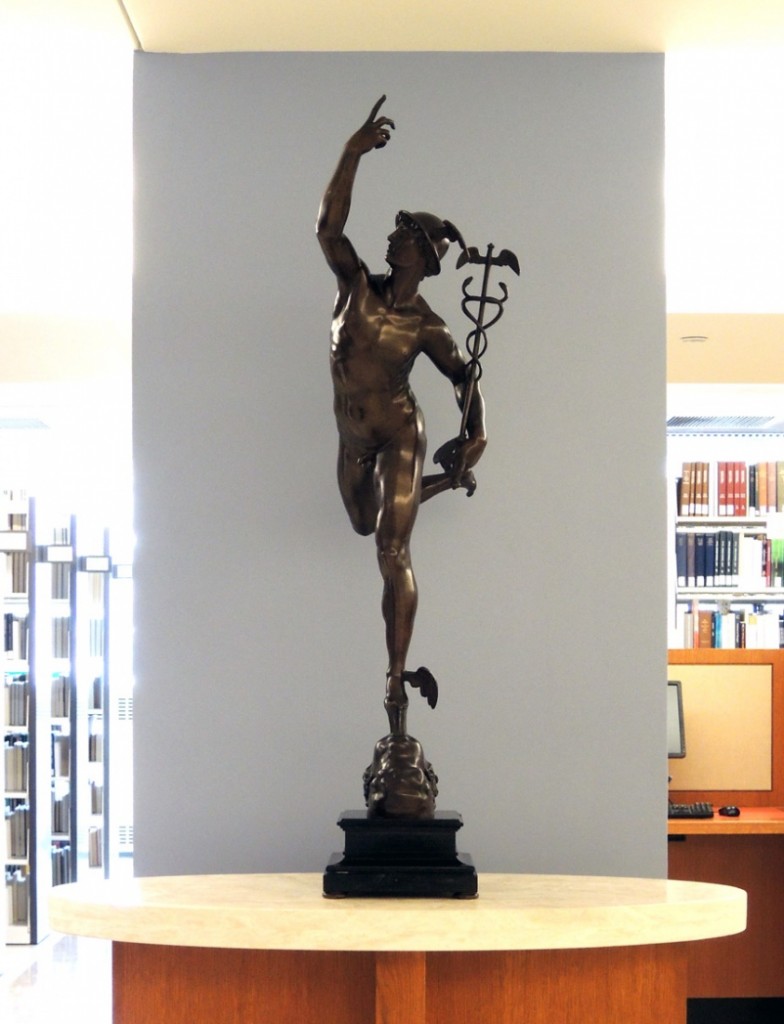 After Giambologna (1529–1608), Mercury, no date. Bronze. Princeton University, Gift of Mrs. Edgar Palmer. PP515.
After Giambologna (1529–1608), Mercury, no date. Bronze. Princeton University, Gift of Mrs. Edgar Palmer. PP515.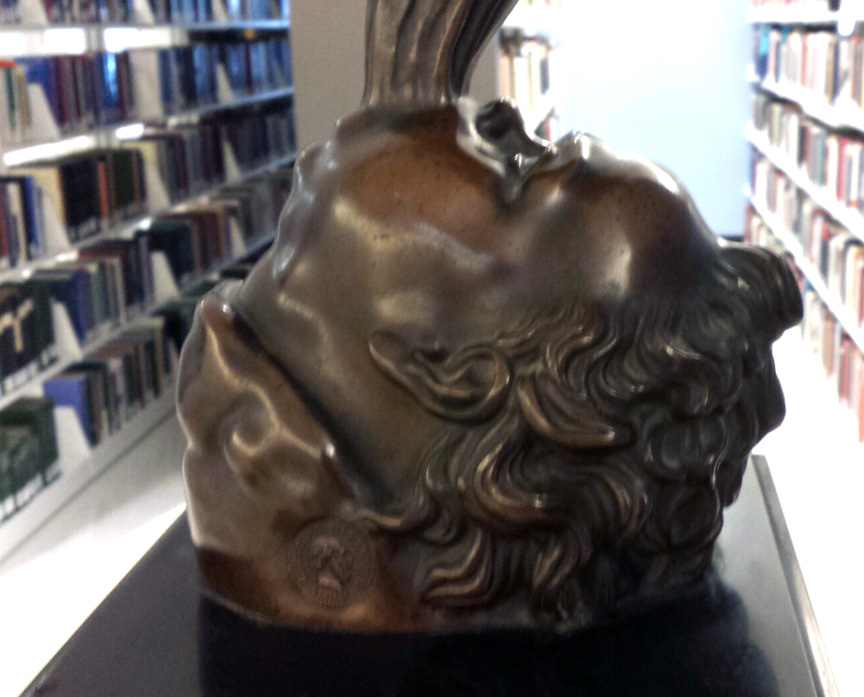 While our students are away on their spring break, we placed a few more works of art and science into the newly renovated Firestone Library. Here are images from the last couple days. Note in particular, you can see the bottom of the world as you walk up the stairs.
While our students are away on their spring break, we placed a few more works of art and science into the newly renovated Firestone Library. Here are images from the last couple days. Note in particular, you can see the bottom of the world as you walk up the stairs.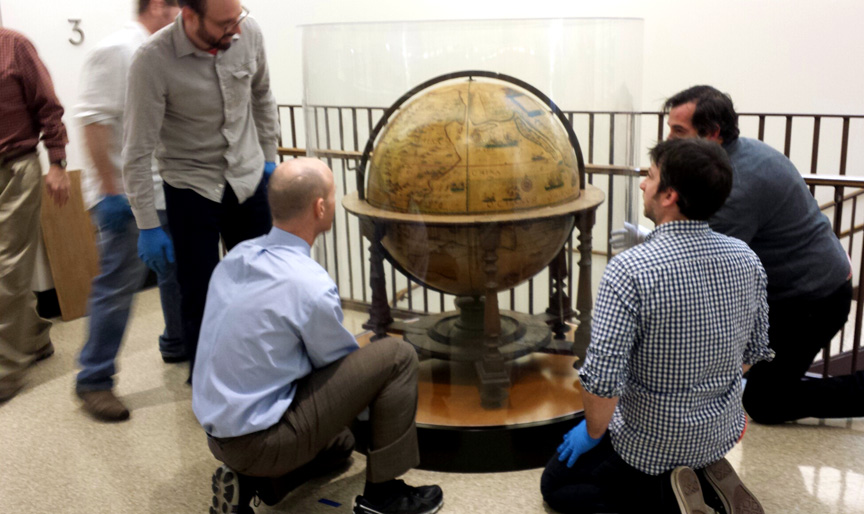 Anonymous, Terrestrial Globe, Venice, 1631. Hand-painted, 32 inches in diameter, with full metal meridian ring, and printed horizon ring, resting on a short turned column in an elaborate wooden stand of six turned supports and half-ball feet. Rare Books and Special Collections.
Anonymous, Terrestrial Globe, Venice, 1631. Hand-painted, 32 inches in diameter, with full metal meridian ring, and printed horizon ring, resting on a short turned column in an elaborate wooden stand of six turned supports and half-ball feet. Rare Books and Special Collections.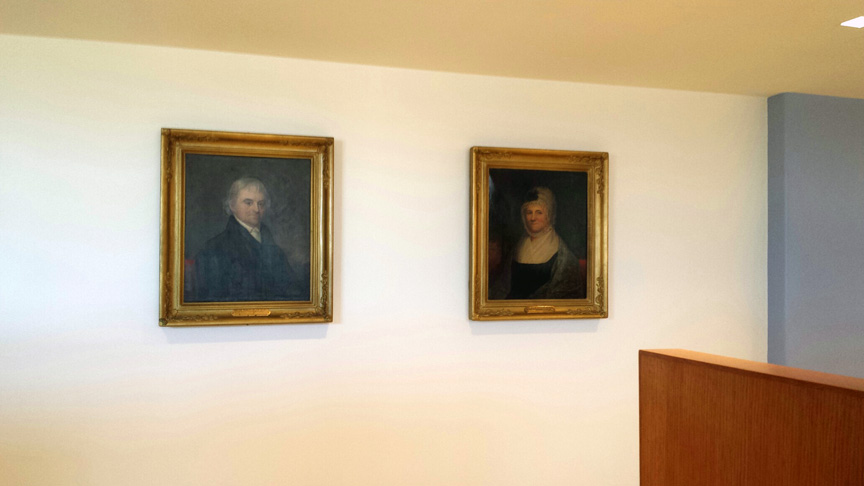 Otis Bass (1784-1861), Samuel Blair, Jr. (1741-1818) and Susan Shippen Blair (Mrs. Samuel Blair, Jr.) (1743-1821), ca. 1812-17. Oil on canvas. Princeton University, Gift of Roberdeau Buchanan. PP52.
Otis Bass (1784-1861), Samuel Blair, Jr. (1741-1818) and Susan Shippen Blair (Mrs. Samuel Blair, Jr.) (1743-1821), ca. 1812-17. Oil on canvas. Princeton University, Gift of Roberdeau Buchanan. PP52.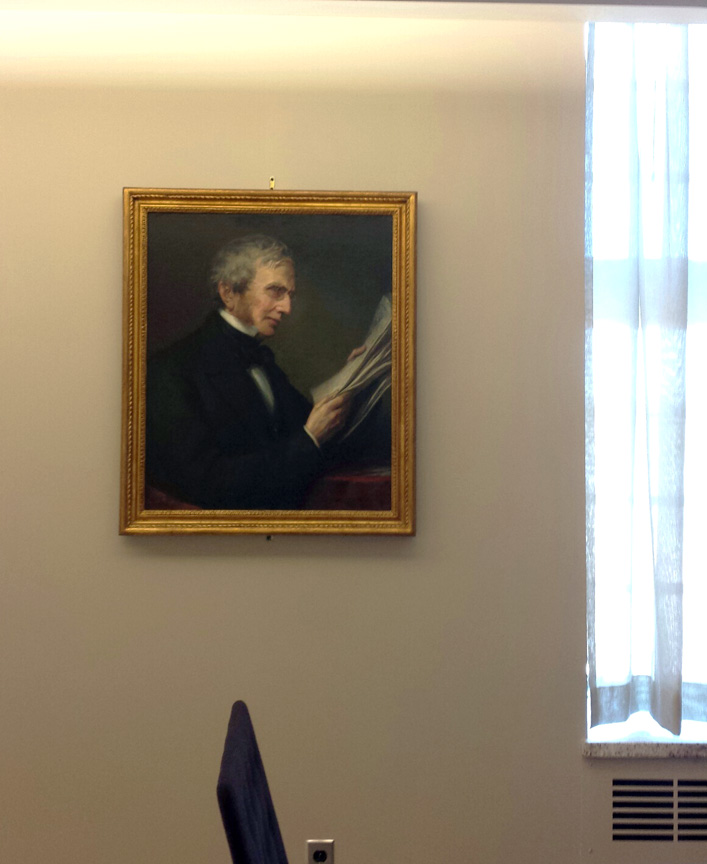 Daniel Huntington (1816-1906), John Torrey (1796-1873), 1857. Oil on canvas. Princeton University, presented by a group of alumni in 1916. PP61.
Daniel Huntington (1816-1906), John Torrey (1796-1873), 1857. Oil on canvas. Princeton University, presented by a group of alumni in 1916. PP61.
